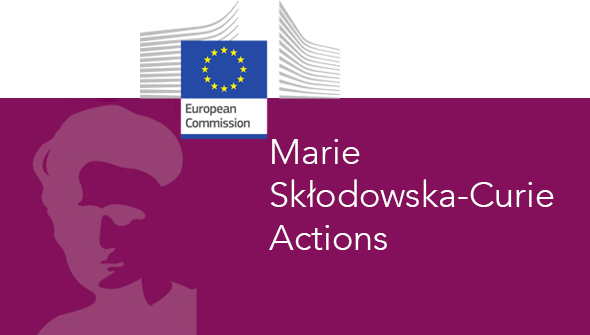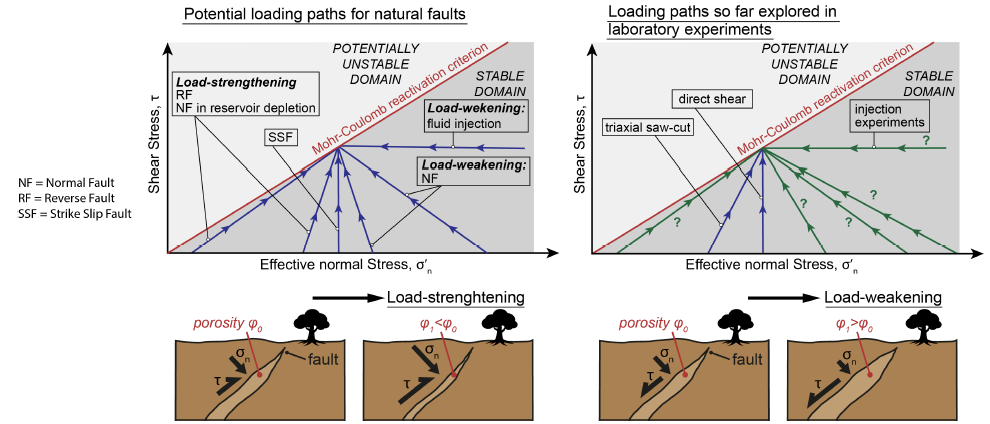SHEAR

SHEAR - the role of Stress History on the EARthquake potential of faults
ID Call: HORIZON-MSCA-2021-PF-01 MSCA Postdoctoral Fellowships
Sapienza's role in the project: Host Institution
Supervisor: Cristiano Collettini

Fellow: Carolina Giorgetti
Department: Earth Sciences
Project start date: July 14, 2022
Project end date: July 13, 2024
Abstract:
The extent to which earthquake phenomena can be accurately assessed ultimately depends on how well the underlying physical processes are understood. Earthquake physics is primarily controlled by fault frictional properties and fluid pressure, which have been widely tested in laboratory rock deformation experiments. During the last 50 years, these experiments have provided fundamental contributions to our understanding of earthquake physics. However, in most experiments, the fault is loaded toward earthquake-slip under constant effective normal stress or via an increase in effective normal stress, i.e., load-strengthening.
 Nonetheless, numerous natural faults are affected by a reduction in effective normal stress during tectonic loading, i.e., load-weakening, and this condition is
Nonetheless, numerous natural faults are affected by a reduction in effective normal stress during tectonic loading, i.e., load-weakening, and this condition is
dominant in induced earthquakes due to fluid-injections in modern energy production. Further, along mature fault zones characterized by a thick damage zone and fault core, load-weakening likely promotes fault dilation, instead of compaction, with strong implications for fault hydro-mechanical behaviour. With SHEAR, I propose to fill this knowledge gap via laboratory experiments designed specifically to investigate the influence of loading path, and in particular the load-weakening path in fault physics. Laboratory results will be integrated with acoustic techniques to shed light on the physical processes at play and inform microphysical models that, coupled with field studies, will allow for the upscaling of experiments and provide a broader comprehensive picture of tectonic faulting.

